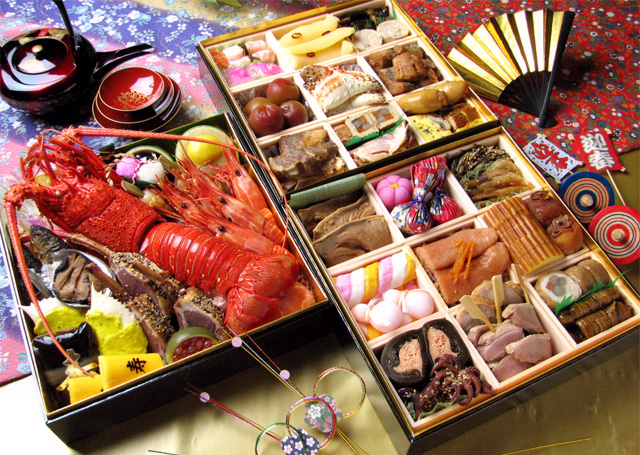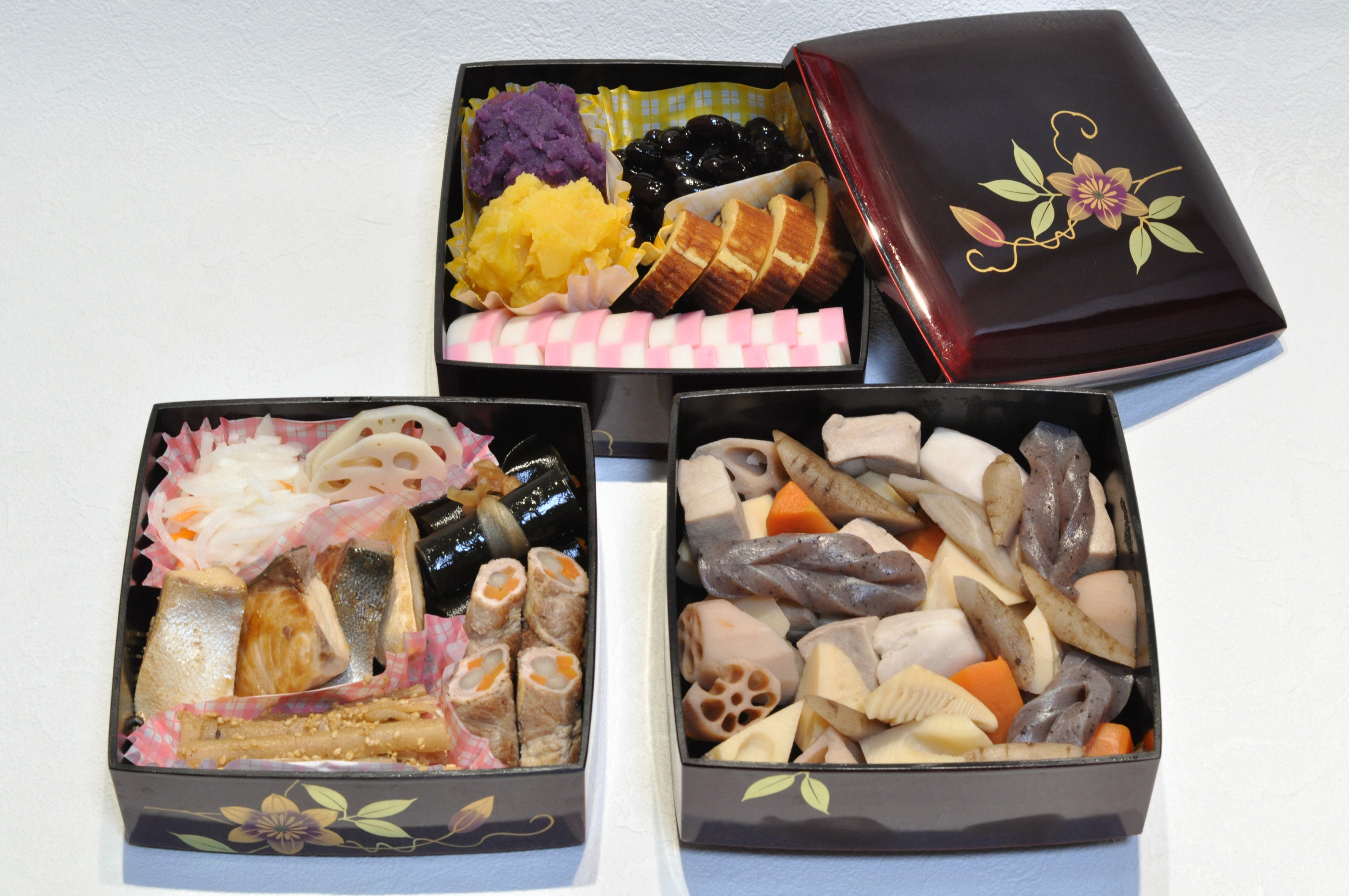|
Japanese Cuisine
Japanese cuisine encompasses the regional and traditional foods of Japan, which have developed through centuries of political, economic, and social changes. The traditional cuisine of Japan ( Japanese: ) is based on rice with miso soup and other dishes; there is an emphasis on seasonal ingredients. Side dishes often consist of fish, pickled vegetables, and vegetables cooked in broth. Seafood is common, often grilled, but also served raw as sashimi or in sushi. Seafood and vegetables are also deep-fried in a light batter, as '. Apart from rice, a staple includes noodles, such as soba and udon. Japan also has many simmered dishes, such as fish products in broth called , or beef in and . Historically influenced by Chinese cuisine, Japanese cuisine has also opened up to influence from Western cuisines in the modern era. Dishes inspired by foreign food—in particular Chinese food—like ramen and , as well as foods like spaghetti, curry and hamburgers, have been adapted ... [...More Info...] [...Related Items...] OR: [Wikipedia] [Google] [Baidu] |
Oseti
Osechi-ryōri (御節料理, お節料理 or おせち) are traditional Japanese New Year foods. The tradition started in the Heian period (794–1185). ''Osechi'' are easily recognizable by their special boxes called ''jūbako'' (重箱), which resemble ''bentō'' boxes. Like ''bentō'' boxes, ''jūbako'' are often kept stacked before and after use. Examples of osechi dishes The dishes that make up ''osechi'' each have a special meaning celebrating the New Year. Some examples are: *''Daidai'' (橙, だいだい), Japanese bitter orange. ''Daidai'' means "from generation to generation" when written in different kanji as 代々. Like ''kazunoko'' below, it symbolizes a wish for children in the New Year. *' (伊達巻 or 伊達巻き or だてまき), sweet rolled omelette mixed with fish paste or mashed shrimp. They symbolize a wish for many auspicious days. On auspicious days (晴れの日, ''hare-no-hi''), Japanese people traditionally wear fine clothing as a part of enjoying ... [...More Info...] [...Related Items...] OR: [Wikipedia] [Google] [Baidu] |

